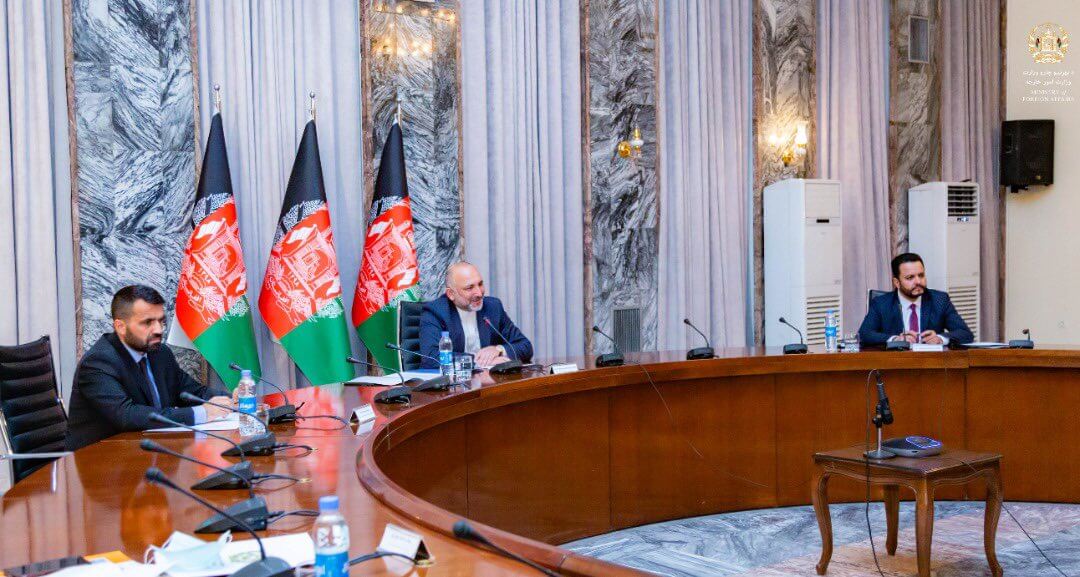On Wednesday, representatives from the United States, Uzbekistan, and Afghanistan met for their first-ever trilateral meet over video conference, highlighting ongoing cooperation efforts among the three states. US Undersecretary of State for Political Affairs David Hale, Uzbek Foreign Minister Abdulaziz Kamilov, and Afghan Foreign Minister Mohammed Haneef Atmar attended the meeting, which marked Washington’s experimental foray into new engagement formats.
The joint statement released after the inaugural meeting revealed that the leaders discussed a range of topics, with a particular focus on regional security issues, infrastructure projects, and economic and trade ties. This included a call for the intensification of joint security cooperation efforts to combat threats along the border between Uzbekistan and Afghanistan, such as human, wildlife, and drug trafficking, illegal migration, and terrorism. The possibilities of a free economic zone on the border were also discussed, along with the development of better railway links and the improvement of domestic bureaucratic conditions to amp up support for trade and energy projects such as the CASA-1000 electricity grid and the Turkmenistan-Afghanistan-Pakistan-India (TAPI) gas pipeline.
Since the US is also actively pursuing another diplomatic venture in Central Asia, the C5+1, the trilateral meeting may seem redundant. However, US Deputy Assistant Secretary for Central Asia Jonathan Henick said, “We believe this format is an opportunity to address our countries’ shared interest in partnership, peace, security and prosperity in Central Asia and Afghanistan.”
Over the past few years, especially since Uzbek leader Shavkat Mirziyoyev came to power in 2016, there have been increasing efforts from Tashkent to actively engage with Washington about Kabul, and these engagements have encompassed transport, trade, and connectivity issues. For Uzbekistan, a war-torn Afghanistan is a major security and economic risk, so a peace process towards stability would be of great strategic benefit to the country. For the US, the trilateral also worked as a stepping stone towards its diplomatic efforts to bolster regional support for its peace process with the Taliban and Afghan administration.
Also Read: The US-Afghan “Peace” Accord: What Happens Next?
Therefore, it isn’t very surprising that the first regional version of the trilateral meeting involved Uzbekistan, which has already taken on an intermediary role in the conflict, but is also the smallest power with the fewest vested interests among others wishing to participate in the peace process, like Russia, India, or Pakistan.
In his address to the media, Henick also hinted at the trilateral model being replicated with other countries in the region. “There are similar technical issues on the other borders, with Turkmenistan and Tajikistan. We are considering this format as a model for discussion with those countries as well,” he said.
Image Source: Ava Express

